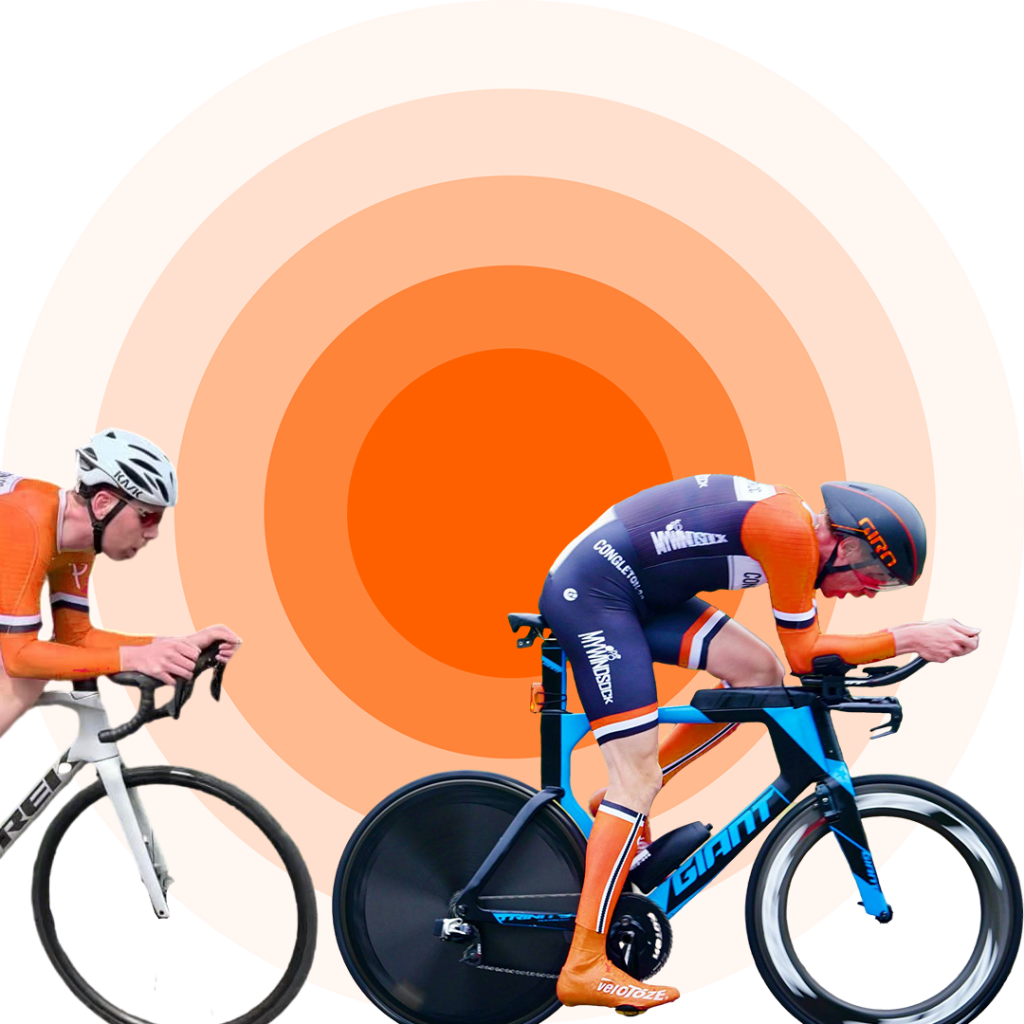
New to myWindsock are Virtual Athlete Rules. They are, to a programmer, what we call conditional operators. Conditional operators are fundamental constructs in programming that allow you to make decisions and control the flow of your code based on certain conditions. They enable your program to execute different sets of instructions depending on whether specific conditions are met or not. The most common conditional operators are if, elif (short for “else if”), and else. These operators are primarily used in languages like Python, C, C++, Java, and many others.
In myWindsock – they work broadly the same as in high level programming languages. For example, we might want to see what would happen to our overall time if we drop our power to a given number over certain speeds, sit up during certain portions of the course or raise our power over certain gradients.
Setting Rules on myWindsock
Firstly, add a course or segment to your planner. I’ve added a triathlon that I’m racing in October in Ibiza – pacing is vital in triathlon so playing with a pacing change on a triathlon course seemed smart.
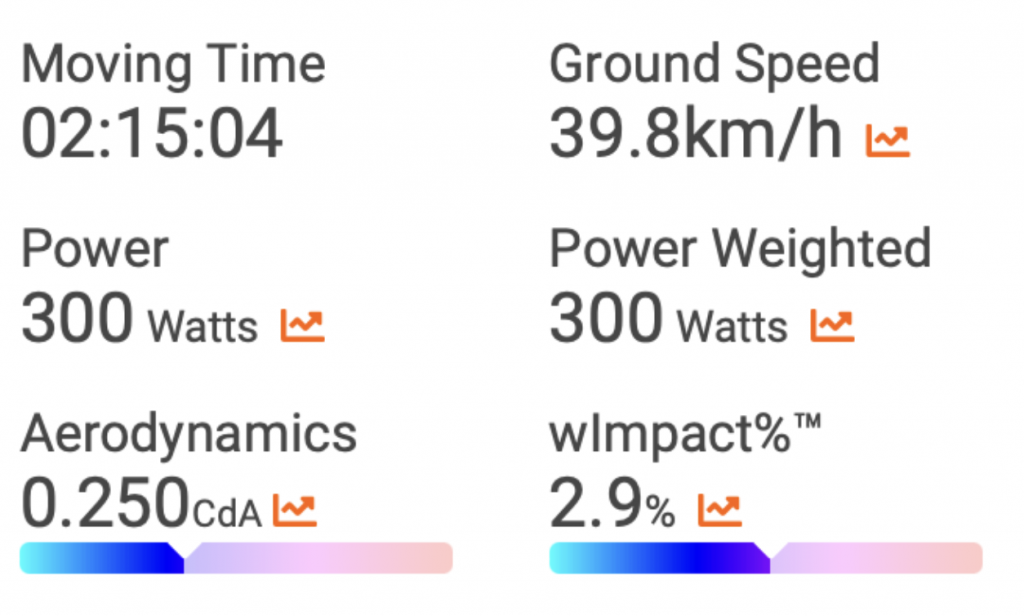
How to set rules…
- Open the forecast on myWindsock.com
- Scroll to settings and click the orange “Change Settings” tab
- Here is where you will find performance rules…
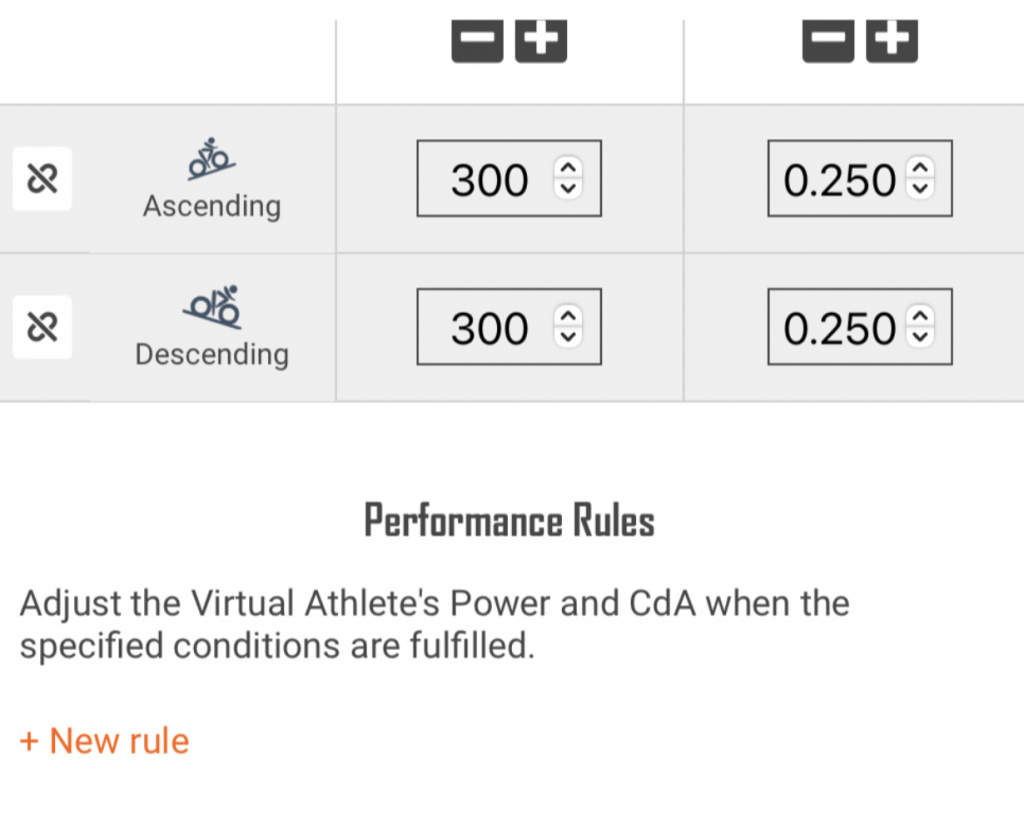
Let’s add some rules and see what happens…
I’ve added speed related rules – the aim is to simply whack climbs and coast fast descents…
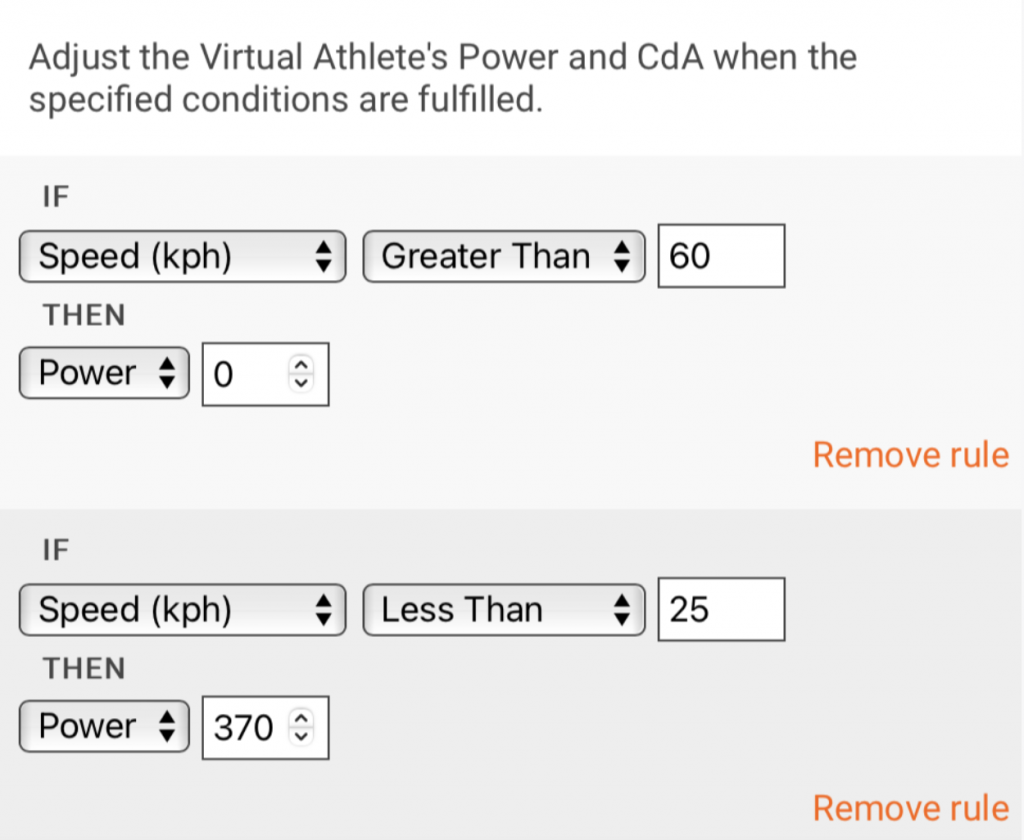
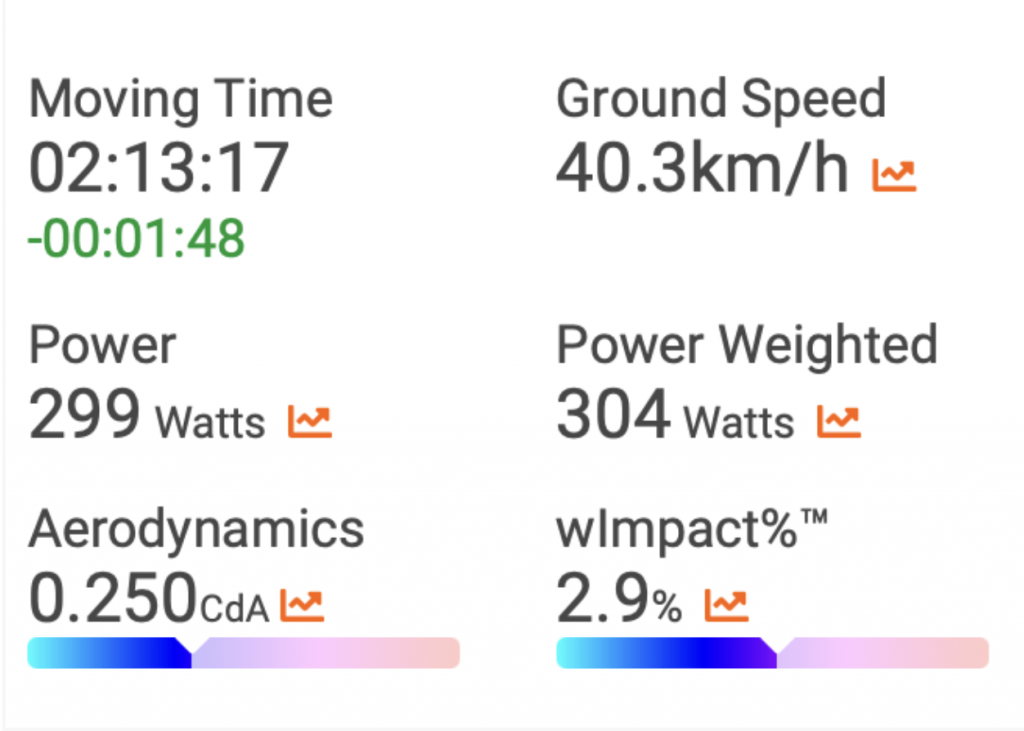
Let’s take it a little further and shrug extra hard on the flat sections and let’s say, for argument’s sake that this reduces our frontal area by 5% and this has a 1:1 mapping with cda (which may or may not be true – seems like the sort of thing you might want to test). The other thing we will do is really whack the steeper sections and hit 400W when the road tilts over 9.9%. The assumption of the rules is when none of the conditions are met we ride at a steady 400W.
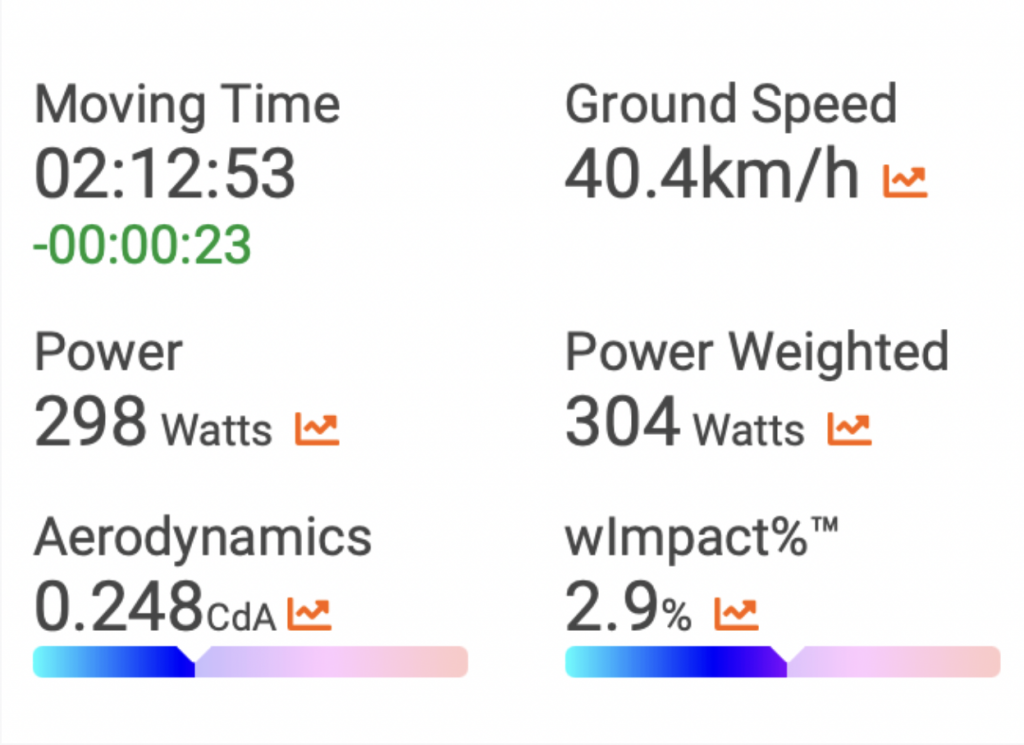
Let’s further adjust the pacing strategy by simply setting the uphill power to 330W and the downhill power to 200W – which will be the default settings until our pacing rules that we’ve set kick in as conditions are met. We will also alter the cda values to a slight increase when climbing and decrease when descending…

We can see here that, as well as pacing a long effort evenly, riding the road is also important. Riding harder on the climbs and gentler on descents will mean you get from A to B both faster and having used less energy. At the end of our little experiment our moving time is over 4 minutes faster than the perfectly evenly split effort for less watts.
If you want to take your pacing and race planning to the next level, join athletes who have won Olympic medals and World Championships by signing up to myWindsock here.

 UK Time Trial Events
UK Time Trial Events




